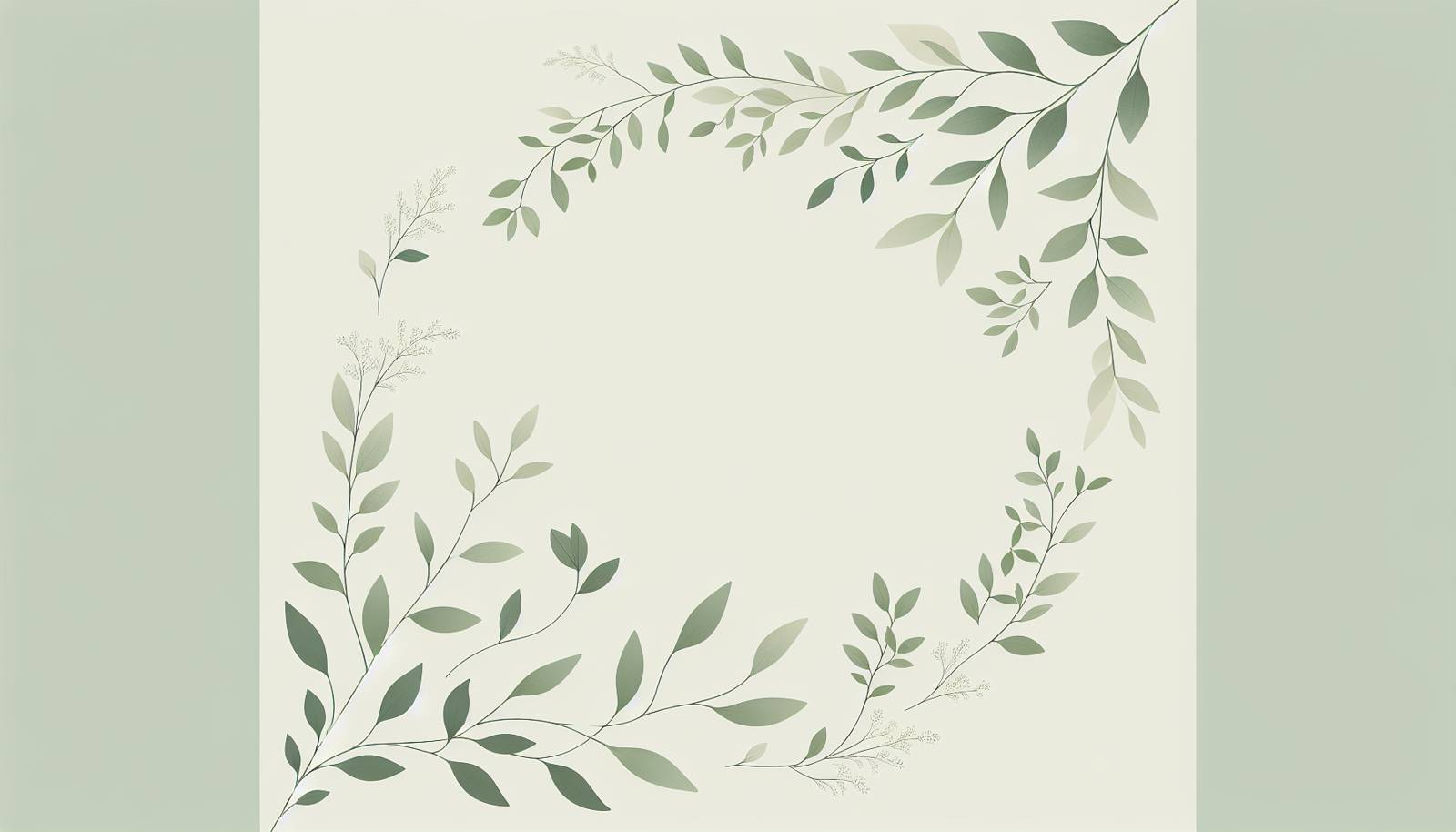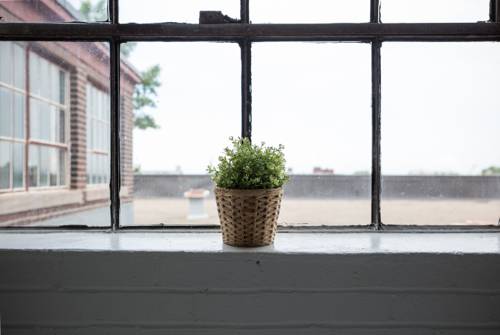
FAQ About Compact Indoor Plants for Small Spaces

What are the best compact indoor plants for small spaces?
Some of the best compact indoor plants for small spaces include Sansevieria (Snake Plant), Succulents like Aeonium or Echeveria, Pothos, Spider Plant, Peace Lily, and ZZ Plant (Zamioculcas zamiifolia). These plants are known for their small stature and ability to thrive in limited space environments.

How can I make sure my small indoor plants get enough light?
To ensure your small indoor plants get enough light, place them near windows with indirect sunlight. You can also use grow lights if natural light is insufficient. Rotate plants regularly to ensure all sides receive equal light exposure, and consider plants that are adapted to lower light conditions if light is a significant concern.

What are the watering needs of compact indoor plants?
Watering needs for compact indoor plants vary by species, but most thrive with less frequent watering. Plants like succulents require watering every couple of weeks, while others like the Peace Lily need to be watered once the soil feels dry to the touch. It's essential to have pots with good drainage to prevent root rot.

How do I care for a Snake Plant in a small space?
Snake Plants are excellent for small spaces due to their vertical growth pattern. They require minimal care: indirect light and watering every few weeks once the soil is completely dry. Avoid overwatering, and place them in a pot with good drainage. These plants are also known to improve indoor air quality.

Can indoor plants help improve air quality in small spaces?
Yes, indoor plants can significantly improve air quality in small spaces by filtering out pollutants and releasing oxygen. Plants like the Snake Plant, Peace Lily, and Spider Plant are particularly known for their ability to purify air. These plants can remove toxins like formaldehyde and benzene, contributing both visually and health-wise to your space.

What type of potting soil is best for compact indoor plants?
The best potting soil for compact indoor plants is a well-draining mix. For most plants, a general-purpose houseplant soil will suffice. For succulents and cacti, use a specialized cactus mix that provides excellent drainage. Adding perlite or sand can also improve soil aeration and drainage.

How can I prevent overcrowding of plants in a small space?
To prevent overcrowding, select plants with a naturally compact growth habit and use vertical space efficiently with shelves or hanging planters. Regularly prune and repot as needed to maintain their size. Grouping plants with similar care requirements can make maintenance easier and reduce clutter.

Are there any indoor plants that thrive in low light conditions?
Yes, several indoor plants thrive in low light conditions, making them ideal for small or dimly lit spaces. Some of these plants include the ZZ Plant, Pothos, and Snake Plant. These species have adapted to survive with minimal natural light, though occasional exposure is still beneficial.

How do I choose the right pot size for small indoor plants?
When choosing a pot size for small indoor plants, select a pot that's roughly an inch or two bigger in diameter than the plant's root ball. Ensure there are adequate drainage holes to prevent waterlogging. Small pots help manage plant growth and are easier to fit in limited space areas.

What are some ways to display small indoor plants without cluttering my space?
To display small indoor plants without cluttering your space, consider using vertical plant stands, hanging baskets, wall-mounted planters, or window sill planters. Combining these with decorative pots can enhance your indoor decor while keeping the area neat and organized.

What are some compact flowering indoor plants suitable for small spaces?
Compact flowering indoor plants suitable for small spaces include African Violets, Peace Lilies, and Kalanchoe. These plants offer beautiful blooms while remaining small in size, perfect for adding a touch of color without taking up much room.

Can compact indoor plants grow in water alone?
Yes, several compact indoor plants can grow in water without the need for soil. Popular examples include Pothos and Lucky Bamboo. For successful water growth, ensure the water is clean and replaced regularly, and the plant's roots are completely submerged while the leaves and stems remain above water.

How often should I fertilize small indoor plants?
The frequency of fertilizing small indoor plants depends on the type of plant and the growing season. Typically, you should fertilize every 4-6 weeks during the growing season (spring and summer) with a balanced houseplant fertilizer. Reduce or stop fertilizing during fall and winter when plant growth naturally slows.

Can compact indoor plants survive without sunlight?
While no plant can thrive entirely without light, some compact indoor plants can survive with minimal light and can benefit from artificial lighting. Plants like the ZZ Plant and Snake Plant can adapt to lower light conditions but will not grow as robustly in darkness.

What are some care tips for keeping indoor plants healthy in a small space?
To keep indoor plants healthy in a small space, ensure they have enough light, proper watering, and suitable humidity levels. Use well-draining soil and select pots with drainage holes to prevent water from pooling around the roots. Regularly clean leaves to remove dust, which can block sunlight, and mist the plants if the air is dry.

Are there pest-resistant compact indoor plants?
Yes, several compact indoor plants are resistant to common pests. For instance, the Snake Plant and ZZ Plant have thick, waxy leaves that deter insects. Pothos is also known for being quite pest-resistant. Regular monitoring and maintaining cleanliness will also help keep potential pest issues at bay.

How do humidity levels affect compact indoor plants?
Humidity levels significantly affect the health of compact indoor plants. Most houseplants prefer moderate humidity, similar to what is found in tropical environments. Low humidity can lead to dried-out leaves and wilting. To maintain adequate humidity, consider placing a small humidifier near your plants or grouping them to create a micro-habitat with shared moisture.

What is the lifespan of compact indoor plants?
The lifespan of compact indoor plants varies widely. Some, like certain succulents, can live for several decades with proper care. Others, such as annuals, might only last a year indoors. Regular care, appropriate environmental conditions, and repotting as needed can extend the lifespan of your plants.

How do I repot compact indoor plants properly?
To repot compact indoor plants, choose a new pot slightly larger than the current one and ensure it has drainage holes. Carefully remove the plant from its current pot, being gentle with the roots. Place it in the new pot, add fresh potting soil around it, and water thoroughly. Repotting is typically best done during the growing season, in spring or summer.
